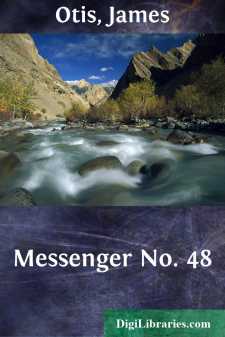Categories
- Antiques & Collectibles 13
- Architecture 36
- Art 48
- Bibles 22
- Biography & Autobiography 813
- Body, Mind & Spirit 142
- Business & Economics 28
- Children's Books 15
- Children's Fiction 12
- Computers 4
- Cooking 94
- Crafts & Hobbies 4
- Drama 346
- Education 46
- Family & Relationships 57
- Fiction 11828
- Games 19
- Gardening 17
- Health & Fitness 34
- History 1377
- House & Home 1
- Humor 147
- Juvenile Fiction 1873
- Juvenile Nonfiction 202
- Language Arts & Disciplines 88
- Law 16
- Literary Collections 686
- Literary Criticism 179
- Mathematics 13
- Medical 41
- Music 40
- Nature 179
- Non-Classifiable 1768
- Performing Arts 7
- Periodicals 1453
- Philosophy 64
- Photography 2
- Poetry 896
- Political Science 203
- Psychology 42
- Reference 154
- Religion 513
- Science 126
- Self-Help 84
- Social Science 81
- Sports & Recreation 34
- Study Aids 3
- Technology & Engineering 59
- Transportation 23
- Travel 463
- True Crime 29
Defending the Island A story of Bar Harbor in 1758
by: James Otis
Description:
Excerpt
CHAPTER I
THE ISLAND
In the year of grace 1758 there were two families living on that island which we of to-day call Mount Desert; but Champlain named Mons Deserts, because its thirteen high, rugged mountains could be seen from the seaward a distance of twenty leagues, making it the first landmark of the coast for seamen.
It is said, by those gentlemen who write down historical facts for us young people to study, that the "savages were much attached to the island; for in the mountains they hunted bears, wildcats, raccoons, foxes, and fowls; in the marshes and natural meadows, beaver, otter and musquash; and in the waters they took fin and shellfish."
Now in the proper kind of a story there should be nothing which savors of school-book study, and yet, before telling how the children of these two families defended the island in 1758, it seems much as if the reader would have a better idea of all that was done, if he or she knew just a few facts concerning those who lived on Mount Desert before Stephen Pemberton and Silas Harding took there their wives and children to build for themselves homes.
It is said, by those who busy themselves with finding out about such things, that in the year 1605 Champlain stopped at the island and named it; but not until four years later did any white people visit the place. Then two Jesuit missionaries, who had been living at Port Royal, under the protection of Monsieur Biencourt, went to Mount Desert with the hope of converting the Indians to Christianity.
How long these good men lived there, no one seems to know; but it is certain that they went back to Port Royal quite soon, because, in the year 1613, a Frenchman, by the name of La Suassaye, the agent of Madame de Guercheville, a very rich and religious lady, visited Port Royal, and persuaded the missionaries to return to Mount Desert, in company with several French colonists.
An Englishman by the name of Argall, who had come across the ocean to drive away the French people from North America, in order to take possession of the country in the name of his king, found the settlers while they were yet living in tents, not having had time to build houses. He robbed them of all their goods, afterward sending them adrift in an open boat, to make certain they wouldn't encroach on the land to which he believed they had no claim.
The French people, after suffering severely, contrived to gain the mainland, however, and before many months had passed returned to Mount Desert, where they formed a settlement, which did not survive the encroachments of the Indians, as is known from the fact that when, in 1704, the great Indian fighter from Massachusetts, Major Benjamin Church, rendezvoused at Mount Desert, before attacking the Baron de Castine on Penobscot Bay, he found no person living there.
In 1746 Stephen Pemberton and Silas Harding, with their wives, who were sisters, and their children, emigrated from England to Acadia, in Nova Scotia, hoping there to make better homes for themselves and their little ones than could be had in their native land....












